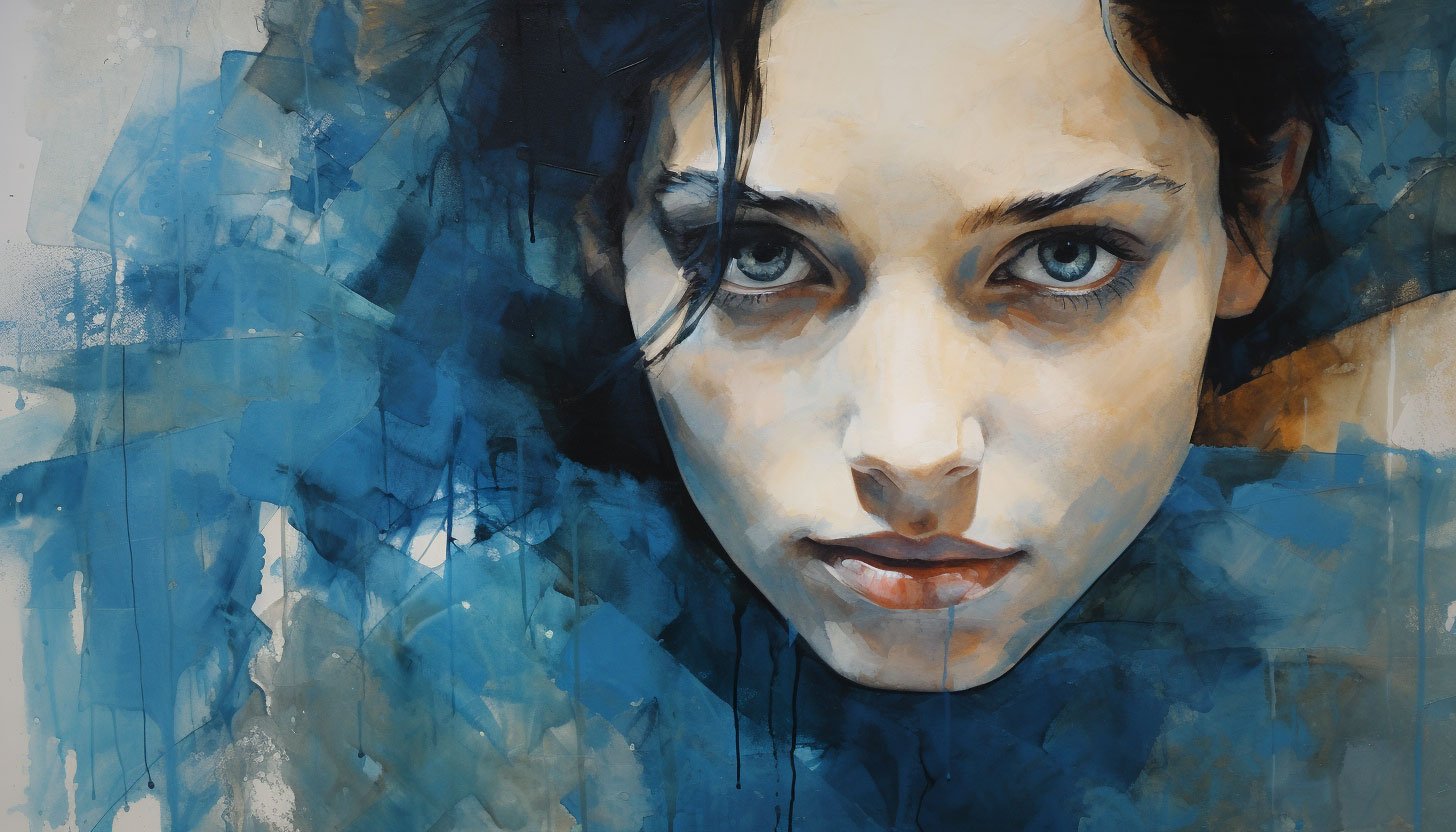Indigo is a shade of blue with a long and exciting history dating back to ancient civilizations. Today, indigo is used in many industries and continues to captivate people. This article will explore the history of indigo, reveal fascinating facts, examine its color theory and science, discuss its role in printing, art, and psychology, and showcase how it is used in advertising.
History of Indigo
Indigo has a storied past that stretches back thousands of years. The word “indigo” is derived from the Greek word “indikon,” meaning “from India.” Indeed, indigo was first cultivated and used as a dye in the Indian subcontinent around 2000 B.C. Its popularity spread throughout Asia, the Middle East, and eventually Europe, becoming one of the world’s most coveted and valuable dyes.
Fun Facts about Indigo
1. Natural Source: Indigo dye obtains its deep blue hue from the leaves of the Indigofera plant, which are collected, fermented, and processed to extract the vivid pigment.
2. Indigo and Denim: The iconic blue color of denim jeans is often achieved using indigo dye. The term “blue jeans” owes much of its color to this captivating shade.
3. Indigo and the American Revolution: During the American Revolution, indigo dye was used to color the uniforms of some American soldiers, leading to the moniker “indigo blue.”

Color Theory of Indigo
Indigo is a dark and saturated shade of blue with a slightly purple undertone. In the traditional color wheel, it is placed between blue and violet. Its intensity and depth make it an excellent choice for conveying a sense of mystery, sophistication, and depth.
Color Science of Indigo
Indigo has a wavelength between blue and violet in the visible light spectrum, approximately 445-464 nanometers. This places it on the more fabulous end of the color spectrum. The color indigo holds a versatile position as it can evoke a diverse range of emotions and associations.
Indigo in the Printing Industry
In the printing industry, indigo is known for more than just its captivating color. “Indigo” is also associated with H.P. Indigo, a digital printing technology known for its exceptional color accuracy and quality. This technology has revolutionized the printing industry by enabling the production of high-quality, customizable prints with indigo-like vibrancy.

Indigo Color in the Renaissance Era
Indigo was a highly sought-after hue in the art scene during the Renaissance era. Esteemed artists like Leonardo da Vinci and Michelangelo incorporated indigo into their paint palettes to produce abundant and profound shades of blue in their masterpieces. It was considered a luxurious and regal color, often reserved for the robes of royalty and religious figures.
Color Psychology of Indigo
Indigo is often associated with depth, wisdom, and intuition. It can evoke a sense of calm and introspection, making it a popular choice in meditation spaces and interior design. In advertising, indigo conveys trust, authority, and professionalism.
How Indigo Is Used in the Advertising Industry
In advertising and branding, indigo is often employed to convey a sense of trustworthiness, reliability, and sophistication. Many financial institutions and tech companies use indigo in their logos and marketing materials to instill confidence in their services. It is also used in the fashion industry to create elegant and timeless branding.
Indigo is a color with a captivating history, a wide array of applications, and a profound influence on our perceptions and emotions. From its origins in ancient India to its role in modern advertising, indigo continues to be a color of great significance and allure. Its deep, mysterious hue resonates with people across cultures and periods, making it a timeless and enduring color in design and aesthetics.






